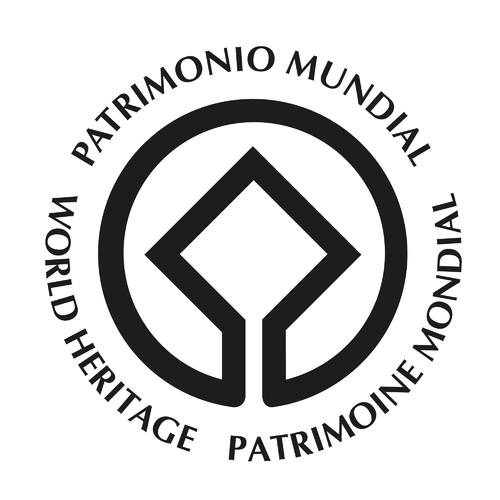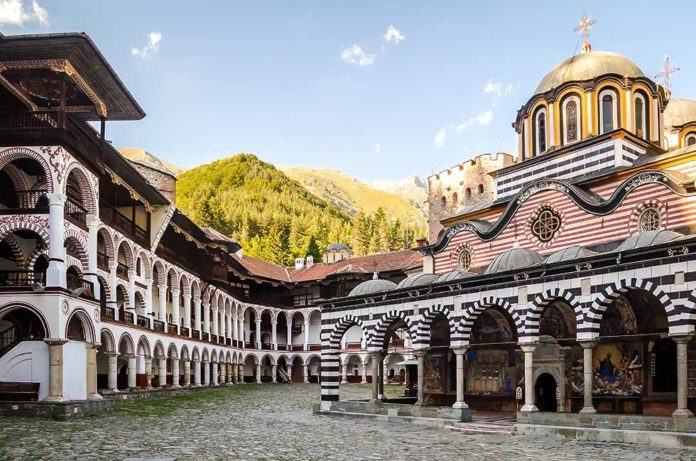UNESCO World Heritage Sites are landmarks or areas recognized by the United Nations Educational, Scientific and Cultural Organization (UNESCO) for their outstanding value to humanity. Steeped in cultural, historical, or scientific significance, these sites form a priceless legacy, a common heritage to inspire, educate, and evoke. Bulgaria’s entries add a unique blend of history, culture, and natural beauty to the vibrant mosaic of World Heritage Sites.
What Makes a World Heritage Site
UNESCO’s mission is to identify and protect the world’s irreplaceable treasures. To become a World Heritage Site, a place must meet at least one of ten stringent criteria. From the Great Wall of China, constructed over several centuries, to the city of Venice with its picturesque canals, World Heritage Sites are distinct pieces in the puzzle of global civilization.
Bulgaria’s Contributions to the World Heritage
Among Bulgaria’s jewels, several have earned the honor of being designated as UNESCO World Heritage Sites.
Ancient City of Nessebar
The Ancient City of Nessebar, perched on a rocky peninsula on the Black Sea, is a living testament to civilizations’ past. With a history tracing back to the 2nd millennium BC, Nessebar is a repository of Thracian, Greek, Roman, and Byzantine influences, especially notable in its array of well-preserved medieval churches.
Rila Monastery
In the embrace of the Rila Mountains, the Rila Monastery stands as a beacon of Bulgaria’s spiritual and artistic heritage. Founded in the 10th century, it nurtured Bulgarian culture during Ottoman rule. Its architectural brilliance, accentuated by vivid frescoes, is a fascinating exhibition of Bulgarian Renaissance art.
Rock-Hewn Churches of Ivanovo
Etched into the cliffs of the Rusenski Lom Valley, the Rock-Hewn Churches of Ivanovo offer an intriguing peek into the lives of hermit monks from the 13th century. These unique sanctuaries are a gallery of remarkable medieval frescoes surviving time.
Thracian Tombs of Kazanlak and Sveshtari
The Thracian tombs at Kazanlak and Sveshtari provide a portal to the enigmatic Thracian culture. Discovered in 1944, the Kazanlak tomb is lauded for its 4th-century BC frescoes, while the Sveshtari tomb, dating back to the 3rd century BC, stuns visitors with its unique half-human, half-plant caryatids.
Pirin National Park
Finally, the natural splendor of the Pirin National Park, strewn across the majestic Pirin Mountains, showcases Bulgaria’s biodiversity. Pirin is a sanctuary for many endemic and globally threatened species, from high mountain peaks to tranquil alpine lakes.
A Tour of UNESCO World Heritage Sites in Bulgaria
Cultural Sites
- Boyana Church
- Madara Rider
- Rock-Hewn Churches of Ivanovo
- Thracian Tomb of Kazanlak
- Ancient City of Nessebar
- Rila Monastery
- Thracian Tomb of Sveshtari
- Pirin National Park
Natural Sites
Each of Bulgaria’s UNESCO World Heritage Sites is a chapter in the rich narrative of human civilization and the magnificence of the natural world. As torchbearers of Bulgaria’s diverse heritage, they echo the universal mandate of UNESCO: to preserve and celebrate the world’s priceless treasures for future generations.
Spotting the UNESCO Badge of Honor
One of the most exciting aspects of exploring UNESCO World Heritage Sites is recognizing the official emblems and signage denoting these remarkable locations. The UNESCO World Heritage emblem is more than just a sign; it symbolizes the global community’s commitment to preserving the world’s shared heritage.
The Emblem

The UNESCO World Heritage emblem embodies the interplay between culture and nature, as seen in the square at the center, signifying the “results of human skill and inspiration,” and the circle symbolizing “nature’s gifts.” The emblem often takes pride in place at World Heritage sites, whether on a plaque at the entrance or subtly integrated into information boards and interpretative signs.
Signage at World Heritage Sites
On arriving at a World Heritage Site, one of the first indications you’ll see is the official UNESCO signage. This typically includes the emblem and information about the site, such as when it was inscribed on the World Heritage List, the specific criteria it met, and an explanation of why the site is significant.
In Bulgaria, each of the nine UNESCO World Heritage Sites proudly displays this designation, allowing visitors to recognize these sites’ universal value instantly. Whether it’s the intricate artistry of the Boyana Church, the mysterious aura of the Madara Rider, or the sprawling biodiversity in the Pirin National Park, the UNESCO emblem signifies the global community’s shared commitment to preserving these treasures.



